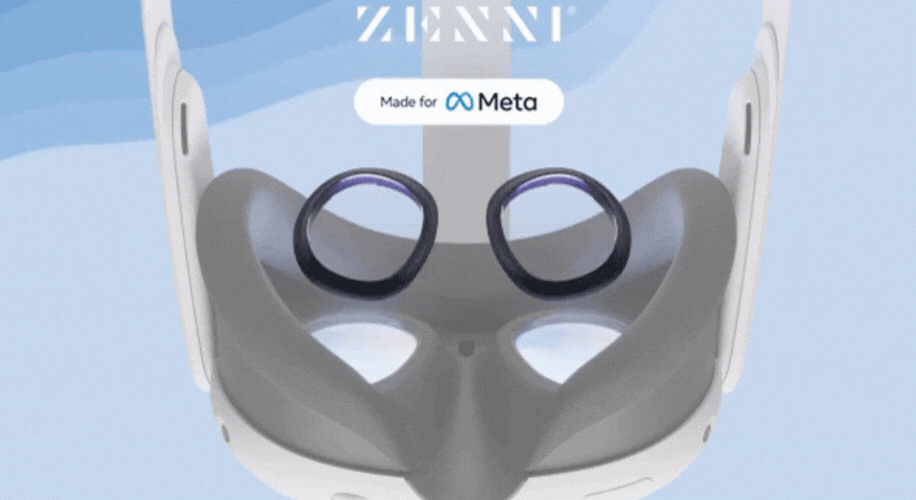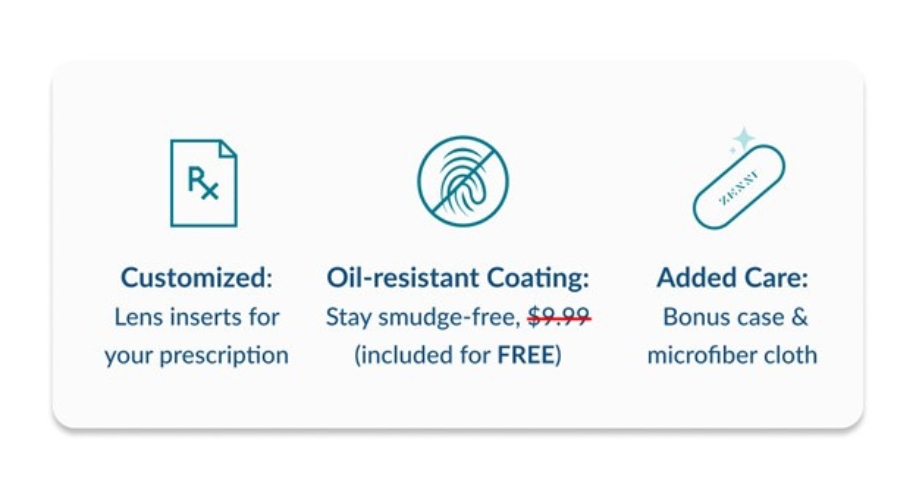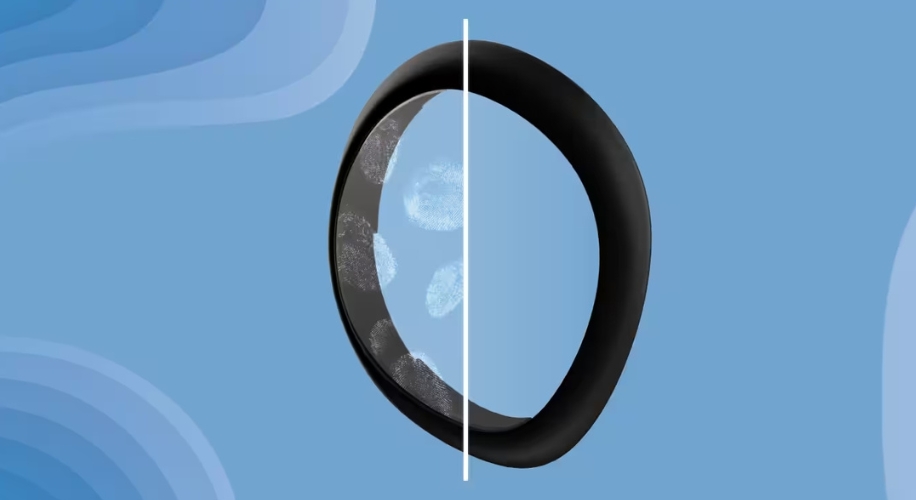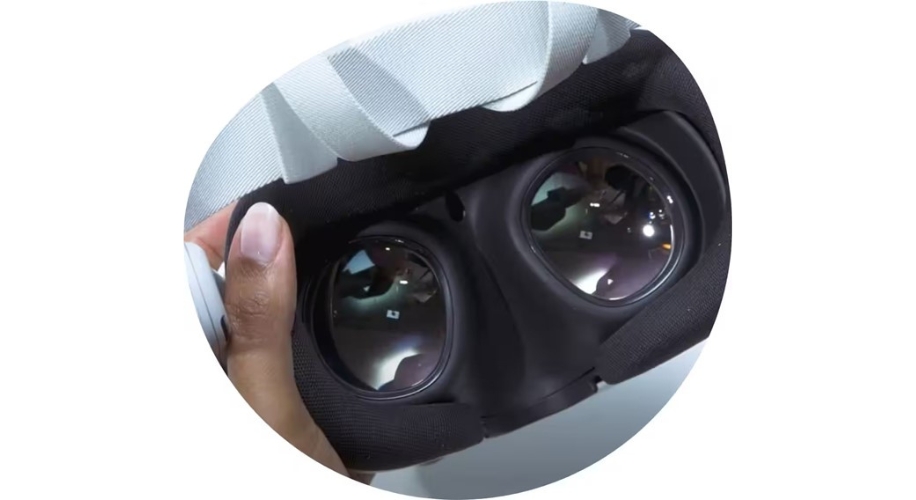Making a Tech-Savvy Choice with Prescription VR Lenses
- BY Dr. Steven Liem
- IN VR Lens
Virtual reality has transcended the boundaries of gaming and entertainment, offering immersive experiences that are more realistic and engaging than ever before. Yet, for those who require vision correction, the bulky headsets have posed a unique challenge. Transitioning from the physical world to the digital realm should not mean compromising on visual clarity. That’s where prescription VR lenses come into play, providing a seamless and comfortable virtual experience for everyone, regardless of their eyesight.
Understanding Prescription VR Lenses

In the simplest terms, prescription VR lenses are custom-made optical lenses that are fitted into VR headsets. These lenses are designed to correct your specific refractive error, just as your regular glasses do, allowing for a clear and sharp view within the virtual environment. This is a game-changer for those who have traditionally had to wear glasses underneath their headsets, which can be cumbersome and less than ideal. Let’s explore the benefits and considerations:
- Enhanced Comfort: Without the need to squeeze a pair of glasses into a VR headset, you can enjoy extended periods of gameplay or work in virtual reality without the added pressure on your temples or nose.
- Optimized Visual Experience: Tailored to your prescription, these lenses ensure that you can perceive the virtual world with the same clarity as you would in real life, enhancing your overall experience.
- Convenience: Prescription VR lenses stay attached to your headset, meaning there’s no need to switch between glasses and VR. Just put on your headset, and you’re ready to go.
Selecting the Right Lenses
Choosing the correct prescription VR lenses involves a few key steps. Firstly, you’ll need your current eyeglass prescription, which should include the pupillary distance (PD) measurement. The PD is crucial for ensuring that the lenses are aligned correctly to your eyes, providing maximum clarity and reducing the risk of eye strain.
Measure Your PD
If you don’t have your PD, don’t worry. Measuring it is straightforward, and instructions can often be found on your eye care provider’s website. Alternatively, at Zenni Optical, we care about guiding you through the process with helpful tips on how to find your PD.
Selecting Your Lens Type

Depending on your prescription and the VR headset you own, there may be different lens options available. For those with higher prescriptions, high index lenses may be required to keep the lenses thin and light. For others, standard lenses may suffice. Our team is here to help you understand which lens type will best suit your needs and optimize your VR experience.
Caring For Your VR Lenses

Just like any eyewear, VR lenses require care to maintain their quality and longevity. Here are some tips to keep in mind:
- Clean Regularly: Use a microfiber cloth and a lens cleaning solution to gently wipe away fingerprints and smudges. Avoid using paper towels or abrasive materials that can scratch the lenses.
- Handle With Care: When inserting or removing your lenses from the VR headset, handle them with caution to avoid damage.
- Proper Storage: When not in use, store your VR headset in a way that protects the lenses from dust and scratches. Consider a headset cover or case for added protection.

Incorporating prescription lenses into your VR headset can dramatically improve your virtual reality experience. It’s a simple yet effective solution that marries the world of technology with personalized eye care. At Zenni Optical, we are dedicated to providing you with affordable, high-quality options that cater to your unique vision needs. Step into the future confidently, knowing that your eyesight is no longer a barrier to the immersive wonders of virtual reality.
About the Author: Dr. Steven Liem, OD, FAAO
Dr. Steven Liem, O.D., F.A.A.O. is an optometrist based in Pasadena, California. After obtaining his doctorate from UC Berkeley’s School of Optometry, he completed his residency in Pediatrics, Vision Therapy & Rehabilitation and became a Fellow of the American Academy of Optometry. When he isn’t busy streaming or making Youtube videos about video games, Dr. Liem aims to broaden accessibility to vision health through his involvement in optometric industry and tech.
